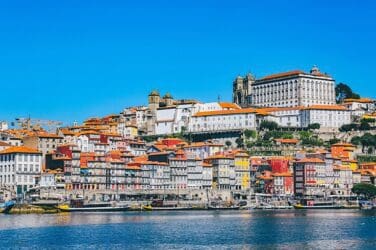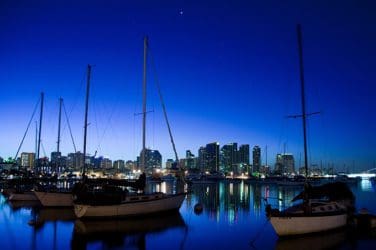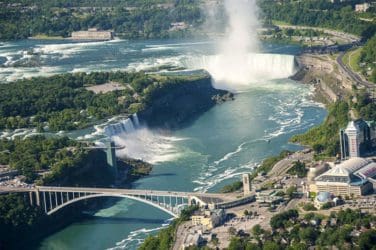How Grenada became a beacon of Caribbean tourism – words Al Woods
2016 was not a stellar year for the tourism industry. The US travel industry lost an estimated US$185 million in revenue, something which has been largely attributed to a so-called “Trump Slump,” while previously popular Middle-Eastern destinations like Turkey and Egypt were gravely hit in the wake of domestic political turmoil and a wave of terrorist attacks.
One region that continues to buck the trend is Caribbean tourism. In 2017, tourist arrivals to the Caribbean surpassed 29 million for the first time. Thi – the seventh consecutive year that tourist arrivals have increased in the region.
The US continued to be the region’s primary market, providing around half of all arrivals and increasing by 3.5% from the previous year. The island-nation of Grenada is at the forefront of the Caribbean tourism upsurge. The country reported more than 45,000 visitors from the United States last year, a 10.7% increase compared to 2015. That was among the highest rates of increase in US tourism of any destination in the Caribbean.
Pure Grenada’s push for sustainable tourism
The popularity of Grenada as a tourist destination is no surprise. It’s one of the most beautiful and ecologically diverse islands in the world. This makesit popular with luxury, honeymoon, and adventure travellers. But the success of its tourism industry can’t be just attributed to natural treasures. There has been a deliberate and carefully-planned push by the Grenadian Government. This is why Caribbean tourism statistics have been growing through the roof.
By embracing and promoting the island’s natural riches, marine biodiversity, and a seemingly endless golden coastline, Grenadians have set the scene for tourists to want to come in flocks. The Grenadian Government is also doing its part to attract foreign investment and tourism, championing the tagline ‘Pure Grenada’ which is attached to the official tourism board. Tourism jobs are very important to the country.
However, this alone won’t separate Grenada from all of the other island idylls scattered across the Caribbean Sea. Where Grenada differentiates itself is by its commitment to protecting its habitat, whilst also attracting tourism and building infrastructure to support rising tourism. These two goals may seem somewhat contradictory at times, so how has the country done it?
The Grenada Citizenship by Investment Programme
Grenada is an emerging economy and its Government recognises that tourism is the key to continued development. But to leverage tourism, it’s important to have the infrastructure in place to support it. One way Grenada has been able to do this is through its Citizenship by Investment (CBI) Programme.
First launched in 2013, Grenada’s CBI Programme has stimulated growth in both tourism and the wider economy. The Programme allows individuals and their families to obtain citizenship or permanent residence in Grenada in return for an investment in pre-approved real estate or in the country’s National Transformation Fund (NTF). The NTF currently finances various projects in tourism, agriculture, alternative energy and a range of other industries.
Real estate investments are particularly beneficial to the country’s tourism industry. Pre-approved real estate projects largely encompass luxury hotels and holiday resorts and, because of the rising demand for tourist accommodation, these projects represent fantastic opportunities for investors looking for high returns. These investments also enable the Government to launch eco-friendly luxury resorts, which in turn attracts more tourism that doesn’t negatively impact the local environment.
What does the future hold for Grenada?
As demand grows, airlines are increasing the number of trips to the island. American Airlines, for example, is set to launch new departure and arrival times for its daily scheduled flight between Grenada and Miami.
Tourists are not just flocking to Grenada by the sky, but by sea too. Grenada saw a 12.2% rise in cruise visitors in 2016. All this means that the number of real estate projects aimed at the tourism industry will continue to increase. Patricia Maher, CEO of Grenada’s Tourism Authority (GTA), said: “We are going to grow out hotel room stock by 26% in the next two to three years.”
But part of Grenada’s ‘pure’ image, is that it is not the most easily reached country in the region. The country’s charm is that it is unspoiled, yet the more tourists that visit this tri-island paradise, the more risk there is of spoiling the very thing that makes Grenada so alluring. However, this concern is offset by the Government’s commitment to the local environment. If the Government continues to monitor tourism in the right way, the number of visitors could grow sustainably without doing any damage to Grenada’s natural beauty.
How Grenada became a beacon of Caribbean tourism – words Al Woods













